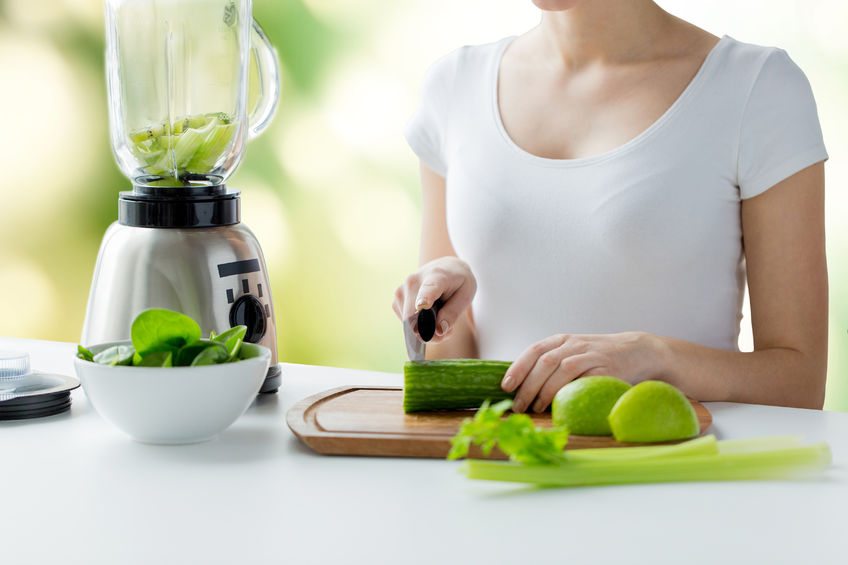The term “gluten-free” may seem more like a trendy label, but the reality is gluten produces a negative effect in many people and can lead to inflammation and gut problems. If you or your child has been diagnosed with celiac disease or told you may have a gluten sensitivity and need to eliminate gluten from your diet, it can be intimidating to know where to start.
Here are some of the basics to help you understand and maintain a gluten-free diet.
What is gluten?
Gluten is a protein found in wheat, rye and barley and any food produced with those products, including breads, pastas, cereals, crackers, beer and more. Gluten-free foods contain no gluten, and a gluten-free diet is comprised of these foods.
What many people may not know is that several foods that aren’t necessarily considered a “grain” still contain gluten. Foods such as salad dressing, canned soup, imitation crab, processed lunchmeat, soy sauce and even some vitamins and minerals are made with gluten. Just because a food product is labeled “wheat-free” does not necessarily mean it is gluten-free.
Going gluten-free: What’s next?
Making changes in your diet is never easy, but it may be necessary for your health. If your doctor has recommended a gluten-free diet here are some tips to help you embrace the gluten-free lifestyle:
Educate yourself.
Learn as much as you can about your condition. Be sure the sources you are using are written by experts and/or nationally run organizations, research centers and trusted publications.
Find support.
Getting to know others who are also on a gluten-free diet can help you in making the transition to a new way of eating. Look for an in-person or online support group for people with your condition. These groups can provide tips for eating gluten-free at local restaurants, recipes to try and physician recommendations, in addition to offering friendship and support.
Remove gluten from your home.
Go through your kitchen, pantry and fridge to remove any food items that contain gluten. Replace those items with gluten-free alternatives. (For example, almond or coconut flour can be used as an alternative to wheat flour.)
Read and re-read labels.
Read the label every time before purchasing a food, even if you’ve bought it before. The ingredients in foods can change, and just because it was gluten-free one time doesn’t mean it still is.
Shop at natural food stores.
Although it’s possible to find gluten-free foods at any grocery store, natural food stores such as Whole Foods or Sprouts often make those foods easier to identify.
Try new recipes.
The only way to adapt to a new way of baking and cooking is to try it. Put on your apron, get out those gluten-free recipes and have a go at it. You might be surprised what you can come up with. There are gluten-free alternatives for nearly any recipe you can imagine.
Scout local restaurants.
More and more restaurants offer foods that are safe for people on a gluten-free diet. Even if the restaurant doesn’t offer a specific gluten-free menu, cooks are often willing to make adjustments to a dish as needed. Just ask your server.
If you doubt it, go without it.
Once consumed, gluten can remain in your system for weeks. If you have celiac disease, consuming gluten can be particularly unhealthy. If you aren’t sure a food is gluten-free, it’s best to avoid it rather than taking the chance of exposing your body to gluten.
Don’t look at a gluten-free diet as deprivation. It’s all about learning to use alternatives. Remember, this is an opportunity to improve your health and how you feel, so take advantage of the resources you can find and don’t be afraid to try new things.





